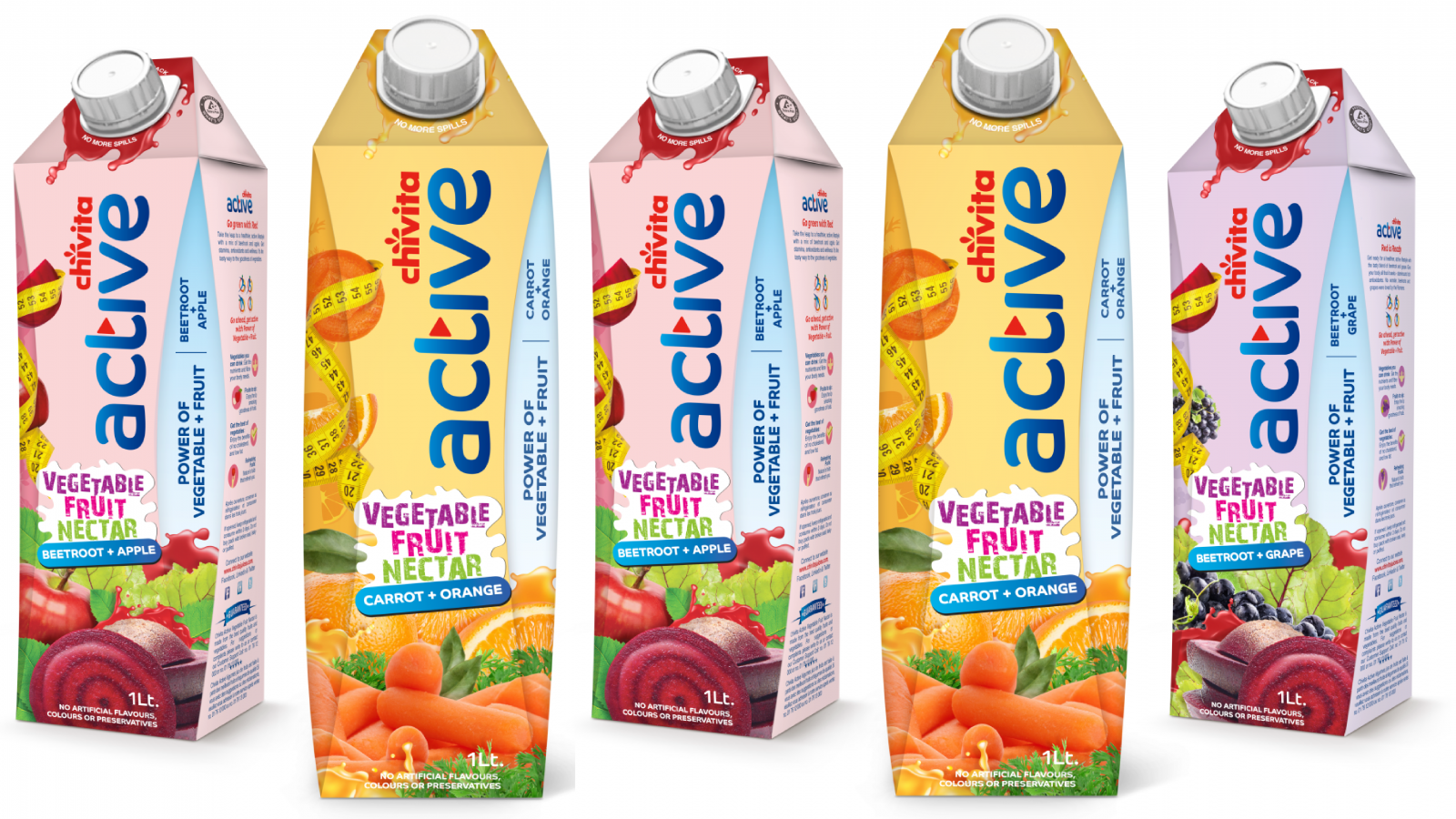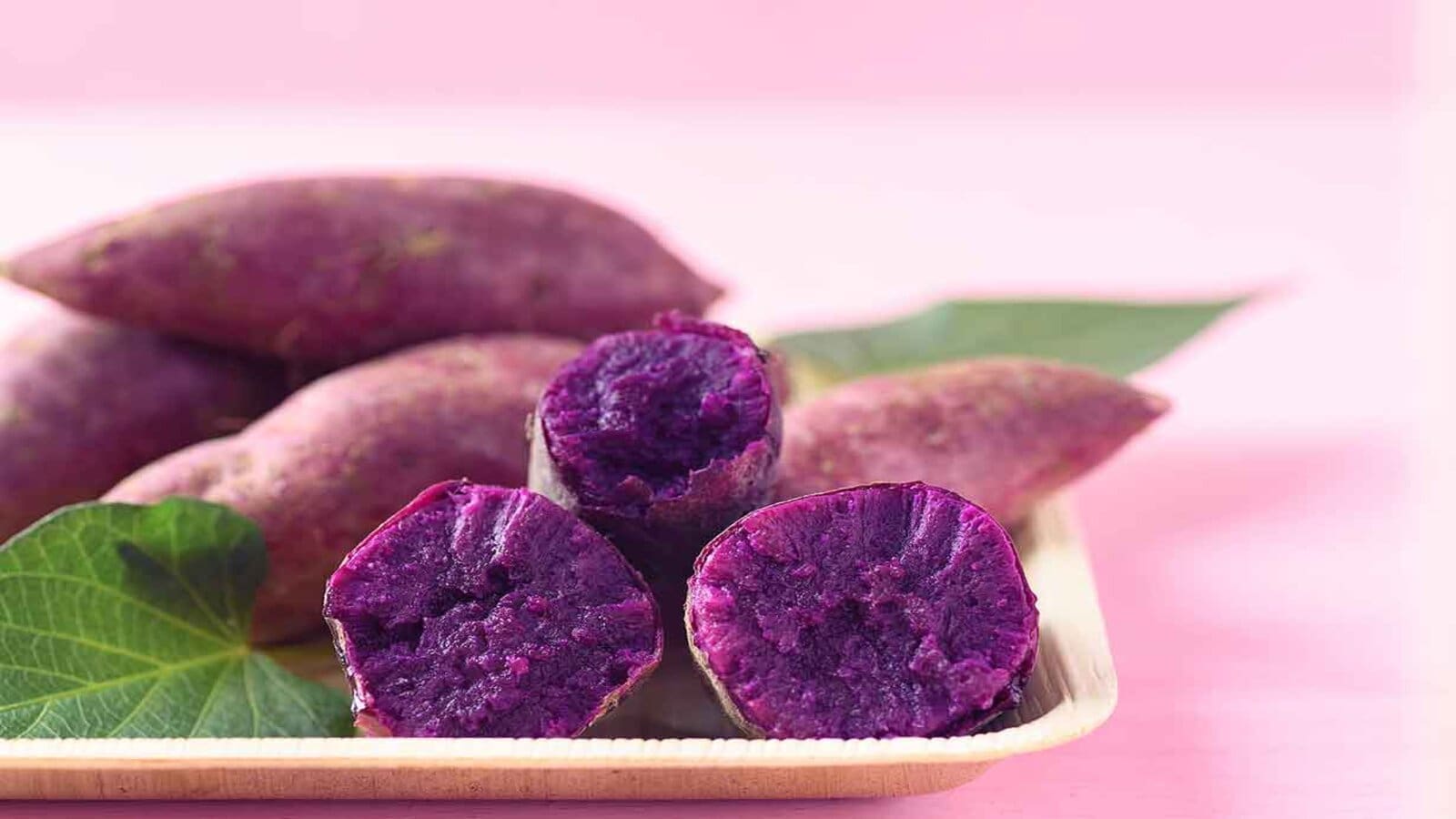By Paul Ongeto
Fruit juice is as bad as soda’. ‘Cutting a glass of juice a day sharply reduces diabetes risk’. ‘Fruit juices linked to cancer’.
These and other negative headlines have hit fruit juice producers almost weekly over the past decade – and consumers have noticed. The fruit juice industry today is grappling with reduced consumer demand in key markets as more and more people replace the drink with other alternatives perceived as superior in nutrition and functionality. According to data from the US Department of Agriculture (USDA), the average American is currently drinking about half what they drank when the industry hit its US peak in the late 1990s. The situation is being replicated in Europe, with consumption in Western Europe also flat lining, according to data from Statista. The decline in sales is a sign that the fruit juice industry is in urgent need of innovation and fruit processors from different parts of the World have answered the clarion call.
What we see today is a number of innovations designed to meet consumer demand for healthier and suitable fruit juices. The following are some of the top trends affecting fruit juice processing globally.
Reduction of sugar in fruit juices
One of the main reasons some people consider fruit juice as unhealthy as sugary soda is the high amount of sugar contained in these beverages. Research consistently shows a link between sugary drinks and a higher risk of illness, such as Type 2 Diabetes. “It’s a big problem. Consumption has faced a ten-year decline in the US and Europe, probably due to the sugar issue,” says John Collins, Executive Director of the International Fruit & Vegetable Juice Association.
To address this concern, a growing number of fruit juice brands are adopting natural sweeteners like stevia, mangosteen and honey to replace sucrose, or extracting juice from low-sugar fruits and vegetables. US-based Ocean Spray Cranberries Inc., has, for instance, introduced three new unsweetened juices in its Ocean Spray Pure Fruit Juice portfolio. Harvest Hill Beverages Co. and Chicago-based Tampico Beverages are other leading US brands that have aligned their products with consumer demands, introducing new products that serve as alternative for those looking to limit their sugar intake. Leading South African fruit juice-company Ceres has ensured that its consumers are informed of the fact that its range of juices have no additional sugar added, to allay fears of the sugar burden.
This trend is expected to continue as consumers drop high sugar products in favour of more functional and healthy products. As regulators around the world implement various legislations to tax sugary beverages, fruit juice manufacturers will have no option but to replace them with low sugar alternatives. Europe has already led the waywith new taxes specifically designed to make sugary drinks unattractive to both consumers and producers.
Production of clean label fruit juices
According to a report by US-based food research firm NMI, consumers prefer food and beverages that are perceived to be clean, as one of the ways to achieve a healthy and balanced lifestyle. As a result, most fruit juice innovations today avoid using chemical-sounding additives or any ingredient perceived as artificial, in an effort to make their juices as “clean” as possible.
In its recent product innovations, Ocean Spray Cranberries Inc. was careful to make its new fruit juices as clean as possible. All its recent products, which include Ocean Spray Pure Cranberry, Pure Tart Cherry, Pure White Grapefruit, and Pure Concord Grape, contain no added sugars, no artificial flavors, no preservatives, and are non-GMO.
Producing clean label juices is however not enough; this trend also requires manufactures to be more transparent in their labelling. Maryellen Molyneaux, Managing Partner at NMI says that consumers of today are savvy label readers and are increasingly looking for more pure and simple food products with cleaner labels and ingredients.
To avoid having their products rejected by consumers, manufacturers today have had to clearly communicate that their product is a clean label drink and go an extra mile of listing the ingredients in simple common names that average consumers can recognize and understand.
Consumers prefer food and beverages that are perceived to be clean. As a result, most fruit juice innovations today avoid using chemical-sounding additives or any ingredient perceived as artificial, in an effort to make their juices as “clean” as possible.
Vegetable juice becomes a trend
For a long time, vegetable juice stood at an inferior position due to its poor taste. As consumers become more conscious of their health, taste has lost its position as the major determinant of consumer acceptability.
Nutritional content, which previously played a second role, is now increasingly becoming the most important attribute sought for by consumers. Vegetable juices, being high in nutrition and low in sugars, have gained popularity and as a result more vegetable juices are coming into the market. From USA to Europe and Asia, vegetable juices are growing in popularity at a time when the conventional fruit juice market is facing contraction.
According to a research by Research and Markets, the global vegetable juice market grew at a compounded annual growth rate (CAGR) of 2.9% in 2020 to reach a total market value of $35.1 billion by the close of the analysis period. USA, Canada, Japan, China and Europe were the major drivers of the growth, accounting for a combined market value of US$28.8 Billion.
New flavours, ingredients and textures
To save the fruit juice market from further decline, processors have also turned to new flavours, ingredients, and textures to rejig their fruit juice brands.
Manufacturers have particularly sought ingredients with abundant nutrition and anti-oxidant properties to give their fruit juices a healthy twist. Cranberries, yacon, Acai berry, and medlar are some of the ingredients that are in vogue today, according to research by Tico – a Chinese supplier of food processing machinery. This trend is expected to continue as more processors seek to introduce more functional ingredients to their beverages.
Fermentation of fruit juices to bring new textures is also rapidly gaining popularity among fruit juice processors. Fermentation brings along a lot of probiotics, which are beneficial to our intestine and immunity. Furthermore, antibacterial substances generated in the process can help extend the product’s shelf life. According to Tico, fruit juice processors are turning into fermentation as way of not only introducing new textures but also making their drinks more functional and nutritious.
NFC and cold-pressed juice gain popularity
Most fresh juice products in the market are made from reconstituted juice, made by adding water, sugar and preservatives to concentrated juice.
Shifting preferences in favour of things that are natural has however made those with minimal additional processing popular. Consumers prefer these drinks popularly known as NFC (Not From Concentrate) juices due to the minimal processing involved and their superior quality in terms of freshness and taste. Unlike concentrate juices, which have been mostly declining, the NFC juice market is expected to grow at a CAGR of 5% to reach a market value of US$13.5 billion in 2025.
Apart from fuelling a rise in NFC juices, the clamour for what is natural and clean has also resulted in the popularity of cold pressed juices. Cold-pressed juices are not subject to heat during preparation. As a result, they do not lose nutrients and are rich in vitamins, minerals, and other nutrients. This has made these juices popular among health conscious individuals. According to a recently concluded research, the global cold-pressed juices market is poised to grow at a CAGR of 8% to reach a market value of USD 275.5 million in 2023.

Sustainability takes centre stage
As the world grapples with the effects of climate change, fruit juice processors being among the biggest consumers of water are increasingly embracing sustainability in their production processes. New technologies to optimise water use and treat wastewater appropriately are being embraced to preserve this precious commodity.
“Several of our member companies are replenishing a significant percentage of the water they use – some are achieving up to 100%,” says John Collins, Executive Director of the International Fruit & Vegetable Juice Association. Gaurav Dutt, Global Business Insights and Analytics Manager at Tetra Pak, says that sustainability is so important that “if, as a manufacturer, you’re not doing something about it, you’re not seen doing something about it, you are not in the good books of consumers. And it can have a significant impact on how you are able to operate in the markets tomorrow.”
Most fruit is produced in the tropics, far from the biggest markets in Europe and US. The perceived food miles on fruits’ total carbon footprint have also had an impact on how fruit juice is produced. Most consumers particularly in the US and Europe are now preferring juice that is 100% produced locally, to cut down on the carbon footprint of the drinks that they enjoy. Demand for locally produced juices has led to the sprouting of glass farms growing fruits across Europe and in some parts of the United States.
Tetra Pak, however, notes that the notion that locally produced have less carbon foot print than imported ones is misguided, particularly where fruit is grown under warehouses. The company says that fruits and vegetables grown under glass in Europe and then consumed there often have a larger carbon footprint than those grown in the tropics and imported by sea. This shows that consumer perception is strong enough to impact food processing even when it is not based on facts.
Health and sustainability key
Moving into the future, juice products will no longer be seen as refreshments taken to quench thirsts or excite taste buds with sweetness. Consumers want more than just refreshment. They want the drink to not only refresh but also nourish their bodies. The demands go further; the juice also needs to be sustainably produced and processed with minimal impact on the environment. The lack of alignment to these demands of the 21st century consumers led to the fruit juice industry to experience a market contraction.
Gaurav Dutt, however, believes that juice producers are already on the way to finding an answer to the growth problem. “In the coming three years, we forecast that we will see growth coming in from an overall perspective, with a compound annual growth rate of, let’s say, between 1% to 2% globally,” Dutt predicts.
This feature appeared in the January/February 2021 issue of Food Business Africa. You can read this and the entire magazine HERE









